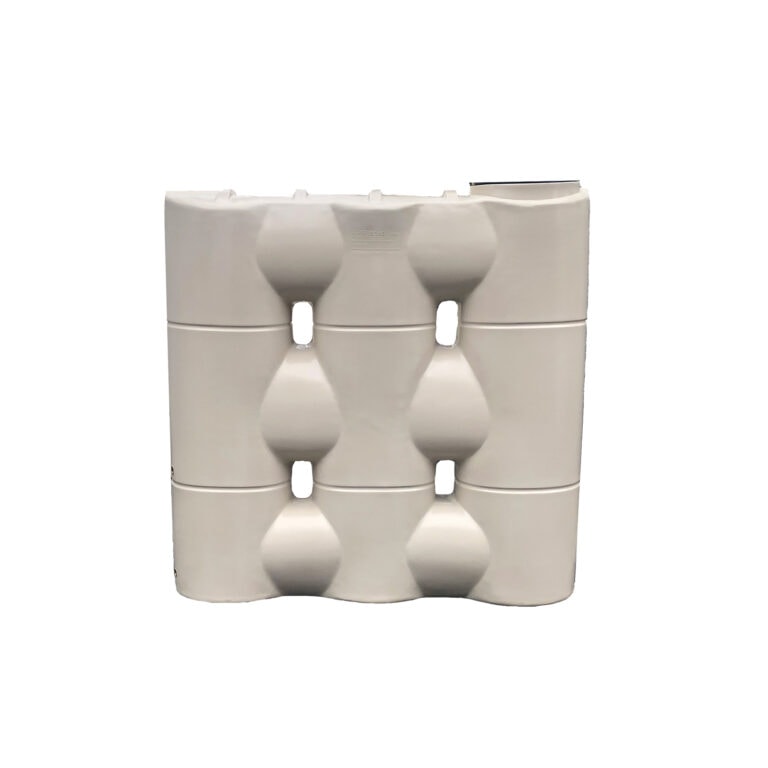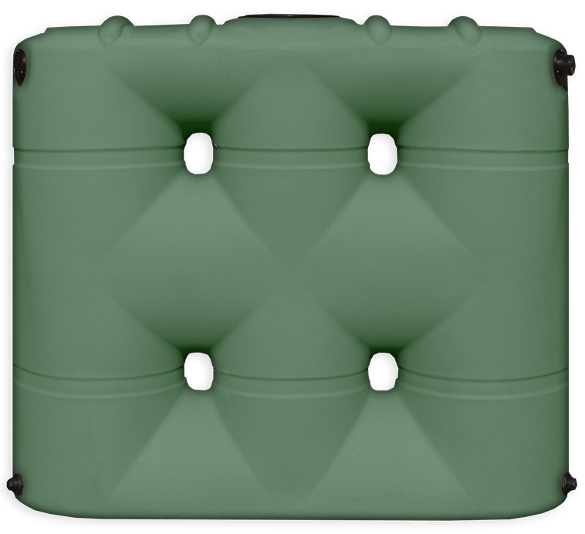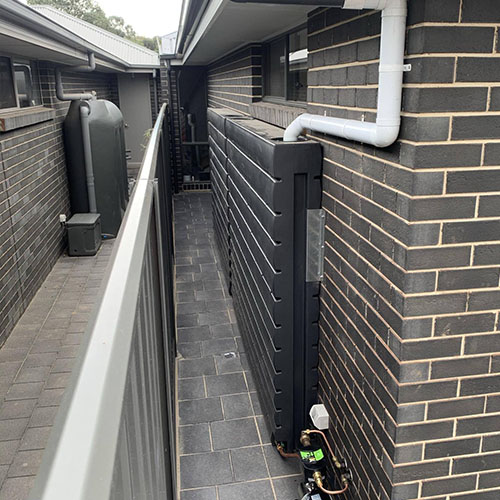Slimline Water Tanks: Trendy and Practical for Modern Residences
Slimline Water Tanks: Trendy and Practical for Modern Residences
Blog Article
Discovering the Various Uses of Rain Tanks for Residential and Commercial Characteristics
As the worldwide focus on lasting living methods remains to heighten, the use of rainwater containers in both residential and business settings has become an important service. These containers supply a storage tank for rain harvesting, offering a myriad of prospective applications that extend far beyond mere storage space. From watering to bathroom flushing and landscape design, the adaptability of rain containers is substantial. In addition, their combination right into commercial properties opens a realm of possibilities for ecologically aware businesses. The diverse uses rainwater tanks present an engaging case for their fostering, not just as a practical water-saving measure but also as a testimony to responsible resource monitoring.
Advantages of Using Rain Tanks
Utilizing rain containers offers numerous advantages for both houses and areas in regards to water preservation and sustainability. Among the vital benefits of making use of rain storage tanks is the considerable reduction in reliance on keys water supply - Slimline water tanks. By capturing and saving rainwater for later use, people and neighborhoods can lower their demand for cured water, ultimately alleviating the problem on water treatment facilities and lowering power usage connected with water transportation and treatment
Moreover, rainwater collecting through tanks offers a trustworthy alternative water source during times of water limitations or scarcities. This stored rain can be utilized for numerous non-potable objectives such as irrigation, purging toilets, and cleaning clothes, minimizing the strain on conventional water resources. Additionally, utilizing rain containers can bring about set you back financial savings for both households and communities by lowering water costs and decreasing the requirement for pricey facilities growths to satisfy expanding water needs.
Fundamentally, the utilization of rain containers provides a lasting and eco pleasant technique to water administration, profiting both individual users and the wider community in terms of water conservation, cost-efficiency, and strength.
Rain Tank Use in Irrigation
Given the benefits of rainwater storage tanks in preserving water resources and lowering reliance on keys water, a significant application lies in making use of stored rainwater for irrigation functions - Slimline water tanks. Rain gathering systems can properly collect and keep rain, supplying a lasting water source for sprinkling gardens, yards, and agricultural fields. By utilizing rainwater for irrigation, building owners can minimize their dependence on cured water resources, resulting in cost financial savings and environmental benefits

One of the key benefits of making use of rain for irrigation is its pureness. blog here Rain is normally soft and without the chemicals and ingredients typically found in keys water, making it perfect for beneficial plants without the risk of unsafe impacts. In addition, rainwater goes to ambient temperature level, which can benefit plant growth by staying clear of temperature level shocks that can accompany chilly mains water.
Rainwater Tanks for Commode Flushing

Applying rain containers for toilet flushing is an economical and eco-friendly practice that can be quickly integrated into both property and business residential or commercial properties. The saved rainwater can be utilized to purge bathrooms by connecting the storage tank to the existing pipes system. This easy yet effective solution can substantially lower water intake in a structure, especially in locations where water deficiency is a concern.

Incorporating Rain Tanks in Landscaping
These tanks can capture and save rainwater overflow from roofings, which can then be utilized for watering gardens, yards, and plants. By making use of rain for watering purposes, property owners can reduce their reliance on community water resources, leading to set you back savings and conservation of valuable water resources.
In addition to offering a sustainable water more tips here source for landscaping requirements, rain tanks can likewise help in handling stormwater runoff. By recording rain that would otherwise stream right into storm drains pipes, these storage tanks can reduce disintegration, decrease flooding risks, and stop air pollution of all-natural water bodies. Moreover, incorporating rainwater tanks in landscape design can add to the general visual charm of the residential or commercial property, showcasing a dedication to ecological stewardship.
Commercial Applications of Rainwater Containers
Using rainwater storage tanks in commercial settings offers a sustainable option for water monitoring and preservation, benefiting organizations and the setting alike. One vital business usage is for watering objectives, where harvested rain can be used to water landscaping, gardens, and agricultural areas bordering industrial residential properties.
In addition, rainwater containers can be incorporated into the fire reductions systems of business structures. By having a devoted water source for firefighting objectives, companies can boost their fire safety steps and potentially reduce insurance policy costs. In addition, rain gathered in storage tanks can be dealt with and used for non-potable purposes within industrial buildings, such as flushing toilets, cleansing, and cooling down systems. This not only conserves fresh water resources however likewise lowers operating expense for services. On the whole, the unification of rainwater storage tanks in industrial settings provides a functional and environmentally accountable technique to water monitoring.
Conclusion
To conclude, rainwater containers offer countless advantages for both residential and industrial residential properties. From irrigation to bathroom flushing and landscape design, using rain containers can help save water sources and minimize water expenses. Additionally, including rainwater containers in commercial setups can cause considerable cost savings and environmental advantages. Overall, the flexibility and sustainability of rain tanks make them a valuable investment for any type of property owner wanting to raise water effectiveness.
Report this page